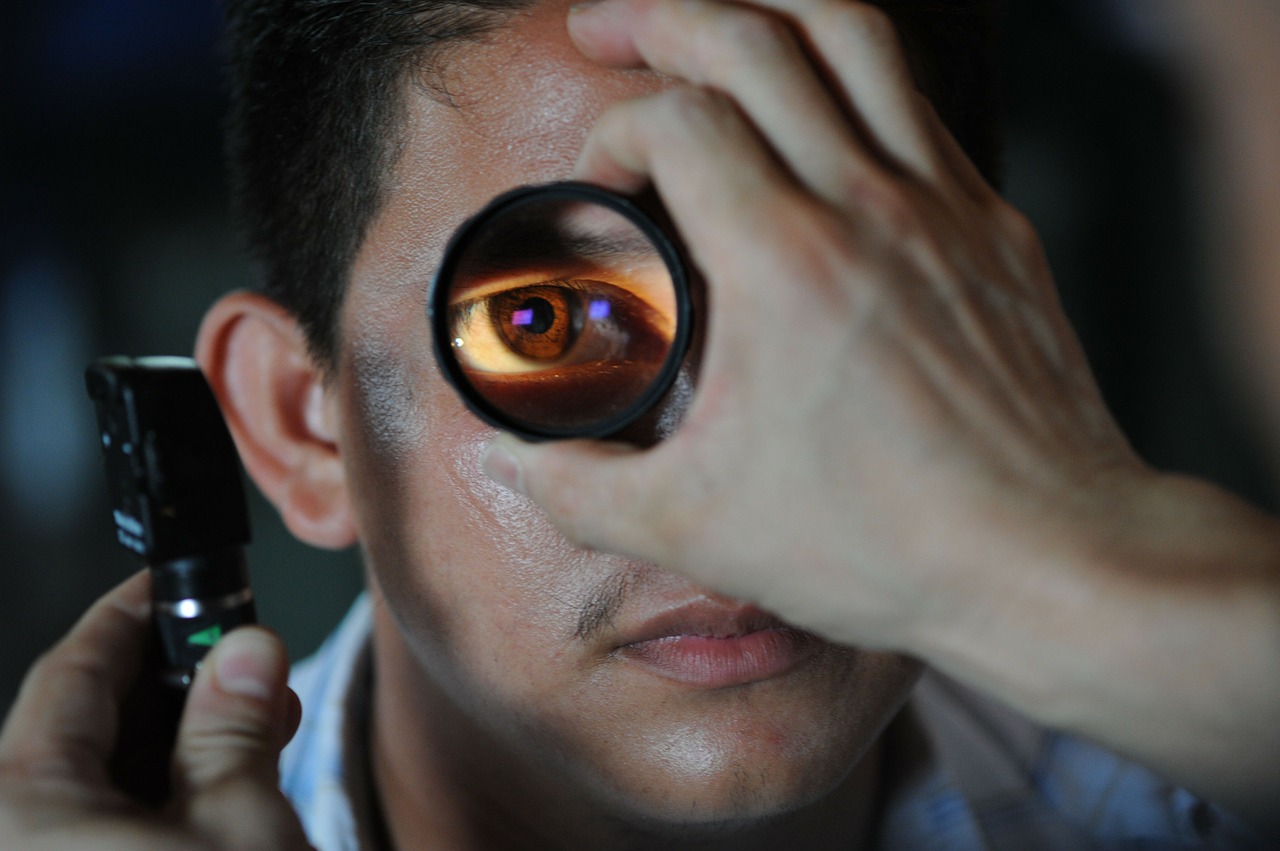Millions of people today suffer from diabetes. If you are one of them, you probably know about its effects on different parts of your body. But, did you know that diabetes poses a major threat to your eye health as well? Read to know more about the different types of eye disorders that diabetics are more likely to acquire and some valuable prevention tips.
Types of Eye Disorders
- Glaucoma
When fluid builds up in the front portion of your eye, it exerts extra pressure in your eye, thus damaging the optic nerve. This condition is known as glaucoma. People suffering from diabetes are more likely to get glaucoma. The risk increases as they age and the longer they have diabetes. Generally, people suffering from glaucoma are unaware of its presence and it goes untreated. If a person does not receive timely treatment for glaucoma, it may lead to blindness.
Symptoms – People with this condition may not experience any particular symptoms until they suffer from a significant vision loss. Hence, it is important that those suffering from diabetes get their eyes frequently checked, as an ophthalmologist may be able to detect the early signs of glaucoma and prescribe appropriate medication.
- Diabetic Retinopathy
When the blood sugar levels spike, it can damage the blood vessels in the retina. This is known as diabetic retinopathy. The damaged blood vessels can either swell and leak or close down which stops the blood from passing through. In some situations, new blood vessels grow on the retina. These changes may result in vision loss.
Symptoms – These include fluctuating or blurred vision, eye floaters and spots, impaired color vision and dark or empty areas in vision. It should be noted that these signs only become evident once the disease has reached at an advanced stage.
- Diabetic Macular Edema (DME)
Those who suffer from diabetic retinopathy also face the risk of developing diabetic macular edema. When the excess fluid enters into the retina, it results in a condition known as Diabetic Macular Edema (DME). This results in swollen retina which hinders the function of macula – a sensitive part which is responsible for sharp vision.
Symptoms – People with this condition cannot see the images placed directly in front of them clearly. The images appear blurry or wavy. Colors appear to be ‘washed out’ to people with this eye disorder.
- Cataract
The building up of protein in the lens of the eyes, thus making it cloudy is known as cataract. People suffering from diabetes are more likely to have this condition as compared to those who don’t have diabetes.
Symptoms – Signs such as blurred or hazy vision, nearsightedness in old people, experiencing glare from oncoming lights during night and double vision indicate the presence of cataract.
Tips for Prevention
Even if you are suffering from diabetes, you can still incorporate some lifestyle changes which can help you prevent the above mentioned eye disorders. Some such prevention tips are as follows:
- Talk to your eye doctor about your case. This will help the doctor detect any visual changes early on and prescribe appropriate treatment.
- Control your blood sugar, blood pressure and cholesterol. It is important that these three remain in control for your retina and eye blood vessels to function properly.
- Quit smoking. Apart from the plethora of harmful effects, smoking can also speed up the development of diabetic retinopathy and make it difficult for you to manage your blood sugar levels.
- Consult your eye doctor and ask about the frequency of dilated eye exams necessary in your case. Usually, dilation eye exam conducted once a year is sufficient for diabetics. However, if you are suffering from diabetic retinopathy, this frequency changes.
- Choose a diet that is nutrient-rich and well-balanced. This will help you maintain not only your eye health but overall health also. Include green leafy vegetables, foods rich in Omega-3 fatty acids and flavonoids as these boost eye health.
- Consult your physician for the types of exercises which you can do on daily basis. Avoid heavy exercises such as weight lifting as these put more strain on your blood vessels.
- Always wear sunglasses before stepping out in sun. The harmful UV rays cause damage and increase the chances of cataract. As people with diabetes are more likely to develop cataract than the others, they should always take this precaution.
You should also be aware of the situations which require professional medical attention. So, if you cannot see well in dim light, have blind spots, double or hazy vision, headaches or other such vision disruptions, immediately call your doctor. Timely action can prevent unfortunate incidents.
Talk to your ophthalmologist about diabetes and eye care. Professional medical guidance will help you manage and prevent any type of eye disorders better.




